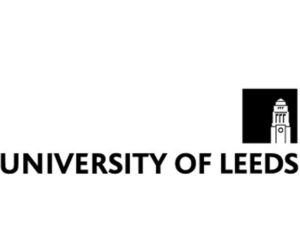Development of a risk assessment tool for ruling out cancer in patients being referred for possible cancer diagnosis
Start Date Jul 2019
Code L4-Aff
Status Closed
The NHS and most major healthcare systems around the world are faced with a future of escalating crises, primarily due to aging populations and increasing cost of treatment. This has led to rising pressure on diagnostic pathways, in particular those for many cancer types. GPs in primary care in England currently refer over 1.9 million patients per 5 year with vague symptoms to the urgent cancer referral pathway. While this catches over 150,000 cancer cases each year, 92% of the referred patients do not have cancer. Each of these patients is subjected to a set of cancer diagnostic tests, such as such as CT scans (NHS cost £144), colonoscopies (NHS cost £398), MRI scans (NHS cost £153), as well as a range of blood tests and surgical biopsies. Many of these are invasive and involve surgical risk or radiation exposure. It is also a very expensive process, costing NHS England in the region £900m per year in diagnostic tests alone and placing considerable strain on NHS diagnostic facilities. Furthermore, the number of referrals is increasing by 10% year-on-year (up from 1.2 million in 2014), so this problem is growing. Incremental changes will not be enough to solve this problem – a new approach is needed.
The aim of this project is to create a “rule-out” test for cancer, using the existing data and “waste” blood that the NH already collects, which can be used by GPs to help identify patients with potential cancer symptoms who do not have cancer. This would then help GPs to focus on finding the right diagnosis for these patients, while at the same time relieving pressure on NHS cancer diagnostic pathways, allowing NHS cancer services to better treat those patients who really do have cancer.
Key to the idea of safely “ruling-out” patients is that the test must not miss patients who do have cancer. By measuring a broad range of indicators in blood, the test will provide a more accurate picture of the underlying biology.
The test is also being developed within the NHS, so that it can be adopted quickly into NHS computer systems and laboratories to maximise patient benefit, whilst being held to the NHS’s high standards for clinical evidence and value.



